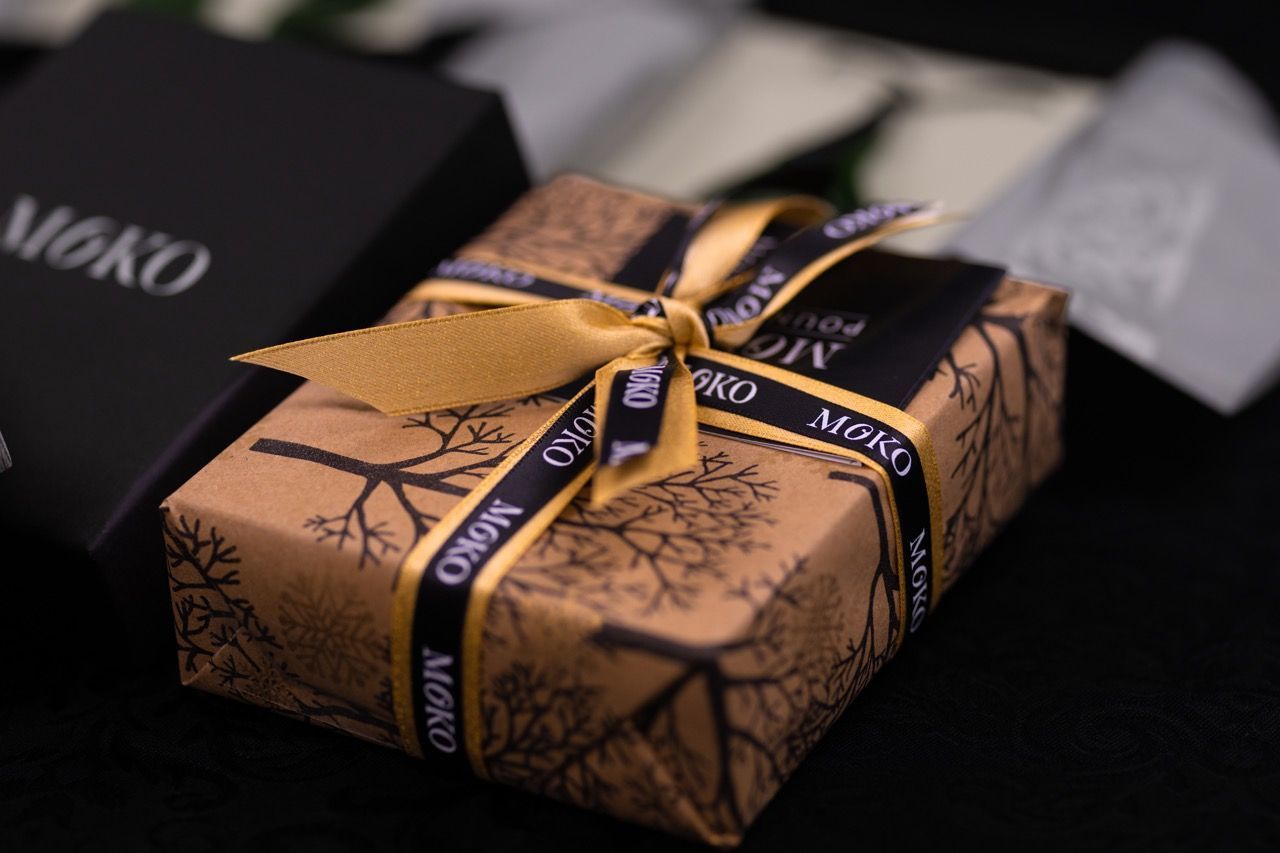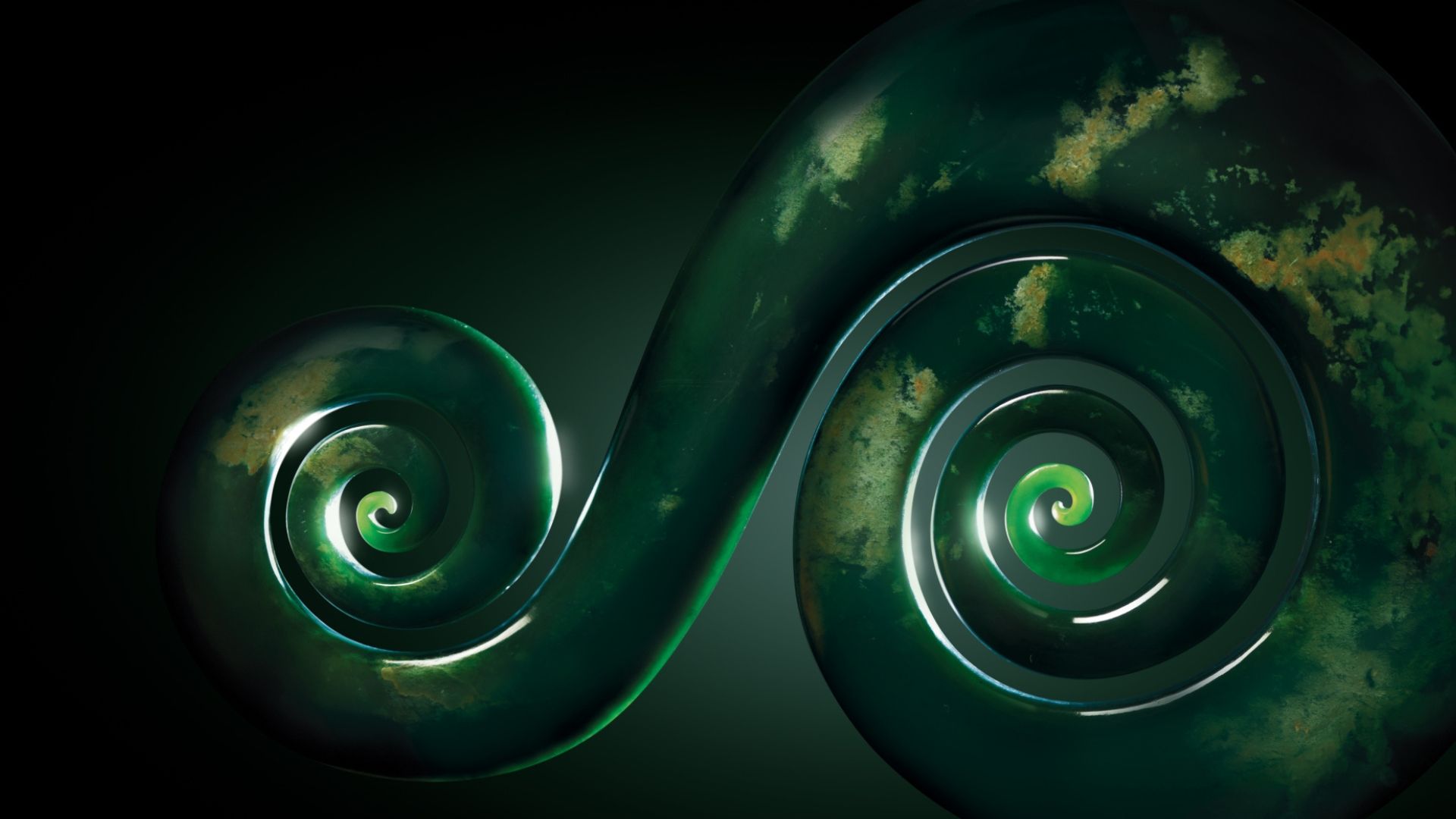
‘KIA ORA FROM NEW ZEALAND’- Chapter Eleven:
Victorian Colonial Jewellery & Pounamu: Part one.

Humanity has a propensity to name the ages through which we live and progress. It gives us a sense of being aware of what’s going on at the time I suppose, as if we’re all a part of the programme. The Age of Reason, the Age of Enlightenment, The Industrial Age, The Age of Discovery, The Age of Information and Technology or if you’d rather, the Digital Age in which we now find ourselves, for example.
These were and are ages marked by clear determiners, great agencies and engines of change and innovation, and even disruption. These Ages are periods in history of massive shifts in thinking and action that seem to propel us forward inexorably into an unknown yet somehow, more predictable and prosperous future. Or so we’d like to imagine.
These were and are ages marked by clear determiners, great agencies and engines of change and innovation, and even disruption. These Ages are periods in history of massive shifts in thinking and action that seem to propel us forward inexorably into an unknown yet somehow, more predictable and prosperous future. Or so we’d like to imagine.
New Zealand enters the official documents of record towards the end of the Age of Discovery and the beginnings of the Industrial Age in Great Britain. We might lay claim as well to the last colonial acquisition of Empire when Britannia really did rule the world, or at least the waves that crashed around it.
It seems more likely that there was a period of migration, perhaps over two or three generations, primarily from islands of East Polynesia around seven or eight hundred years ago, though all those figures are still hotly debated today among Māori and non-Māori, scholar and layperson alike. For my own Tainui whakapapa, we place our arrival at Kawhia around 1340 AD and acknowledge the presence of people already present in these lands. But we found the harbour at Kawhia abundant and the hills around to our liking and so we stayed and we settled. Settlers are pioneers. Pioneers begin to build a sense of place they can call Home. In time, if they stay, this new Home of theirs will become part of their bones, as their bones will become part of the land of this new Home. How they build this new Home will reflect where they have come from and will adapt to where they are.
Soon, if they become comfortable enough and find the time, they will make art and adornments that display this sense of being at ease in this place that, while new in the collective memory, feels more and more their own. Again, these artworks and adornments will reflect where they have come from and will adapt to where they are. Better yet, if they prosper, they might export to the world or at least, to the old Home Country Herself, both quaint and beautiful examples of this sense of being at ease.




